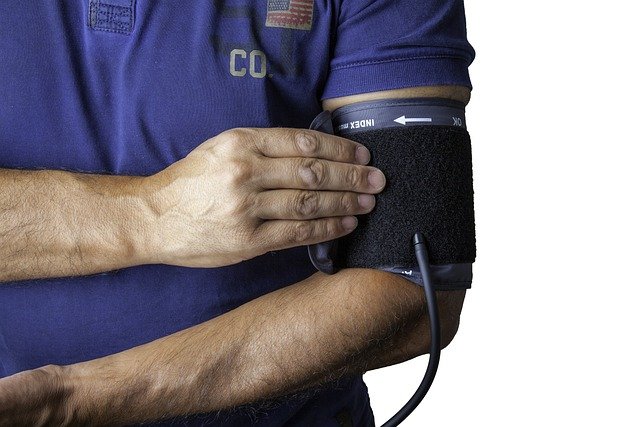Hiking Tools for Safe and Comfortable Trails
A well-chosen set of hiking tools improves safety, comfort, and enjoyment on the trail. This article explains practical gear choices and how to prepare for different conditions, covering navigation, support, injury care, footwear, and outerwear. This article is for informational purposes only and should not be considered medical advice. Please consult a qualified healthcare professional for personalized guidance and treatment.

Trail planning and navigation
Good trail preparation starts before you step outside. Study route maps, check recent trail reports and weather forecasts, and note water sources, exits, and potential hazards. Carry a physical map and a reliable compass as primary navigation tools; batteries can fail, so don’t rely solely on electronic devices. Learn basic map reading and compass skills and set realistic turnaround times to avoid being caught out after dark.
Route planning also includes pace and load management. Match the difficulty of the trail to your fitness and experience, plan for extra time on steep or technical sections, and share your itinerary with someone or use check-in systems through local services when available. Knowing where to resupply and the expected terrain helps you choose gear that balances weight and protection.
Walking stick: uses and selection
A walking stick or trekking poles can reduce joint strain, improve balance, and increase endurance on uneven terrain. Choose between a single walking stick and a pair of adjustable trekking poles depending on the terrain and how much controlled support you need. Adjustable poles offer better packing convenience and adaptability to varied slopes; a single stick may suffice for lighter, flatter trails.
When selecting a walking stick, consider weight, grip material, and tip durability. Lightweight aluminum or carbon shafts are common; rubber or foam grips reduce blisters, and carbide or rubber tips suit rocky or paved surfaces. Practice using a pole before long hikes to find the correct length and rhythm for efficient, injury-reducing movement.
First aid kit: what to pack
A compact first aid kit is essential for treating minor injuries and stabilizing more serious ones until help arrives. Include sterile dressings, adhesive bandages in several sizes, antiseptic wipes, adhesive tape, gauze, tweezers, blister treatment, pain relievers, and any personal medications. Add a compact CPR mask, allergy medication (such as an antihistamine or epinephrine if prescribed), and a small emergency blanket for shock or exposure management.
Customize your first aid kit to the group size, trip duration, and remoteness of the trail. For longer or more remote trips, include suture alternatives, a splinting material, and a basic wound-cleaning solution. Regularly check expiration dates and replenish supplies after each trip. Training in wilderness first aid increases the kit’s usefulness and your ability to respond confidently.
Boots: fit, features, and care
Footwear is one of the most important items for a comfortable hike. Choose boots or trail shoes based on terrain, distance, and weather: stiffer, higher-cut boots offer ankle support and protection on rocky, uneven trails; low-cut trail runners can be lighter and better for well-maintained paths and fast hiking. Fit is critical—leave a thumb’s width at the toe, ensure a snug heel to prevent slipping, and account for sock thickness.
Look for breathable, water-resistant materials and appropriate tread for traction. Break in new boots gradually to avoid blisters. Maintain footwear by cleaning off mud and debris after hikes, reproofing leather or waterproof membranes as recommended by the manufacturer, and replacing insoles or worn-out boots before they cause foot pain or injuries.
Jacket: layering and material choices
A good jacket contributes to comfort and safety by managing temperature and moisture. Use a layering approach: a moisture-wicking base layer, insulating mid-layer, and a shell jacket for wind and rain protection. For many hikers, a lightweight waterproof-breathable shell and a compressible synthetic or down mid-layer cover most conditions. Consider packability, breathability, and the jacket’s intended season when selecting materials.
Pay attention to hood design, ventilation options (pit zips), seam sealing, and pocket placement for convenience on the trail. In wet or variable climates, prioritize a reliable shell that keeps rain out while allowing perspiration to escape. For cold-weather hikes, layering choices should balance warmth with the ability to remove layers to prevent overheating during exertion.
Conclusion
Choosing the right hiking tools—navigation aids, a suitable walking stick, a well-stocked first aid kit, properly fitted boots, and an appropriate jacket—helps manage risk and enhances comfort on the trail. Match gear to the route, expected weather, and your experience level, and practice using equipment before relying on it in remote situations. Regular maintenance, skill development, and sensible planning are key to safer, more enjoyable hiking experiences.






